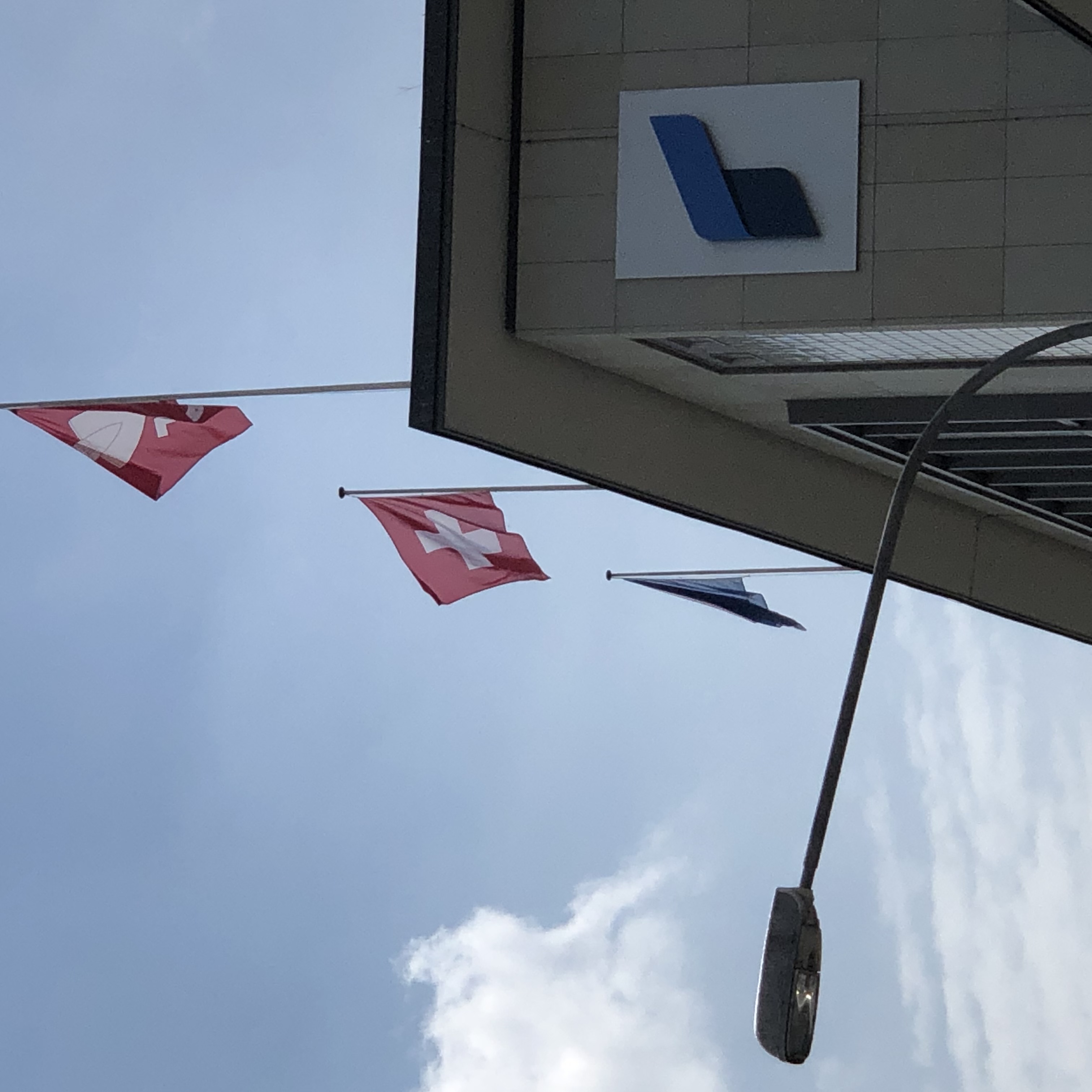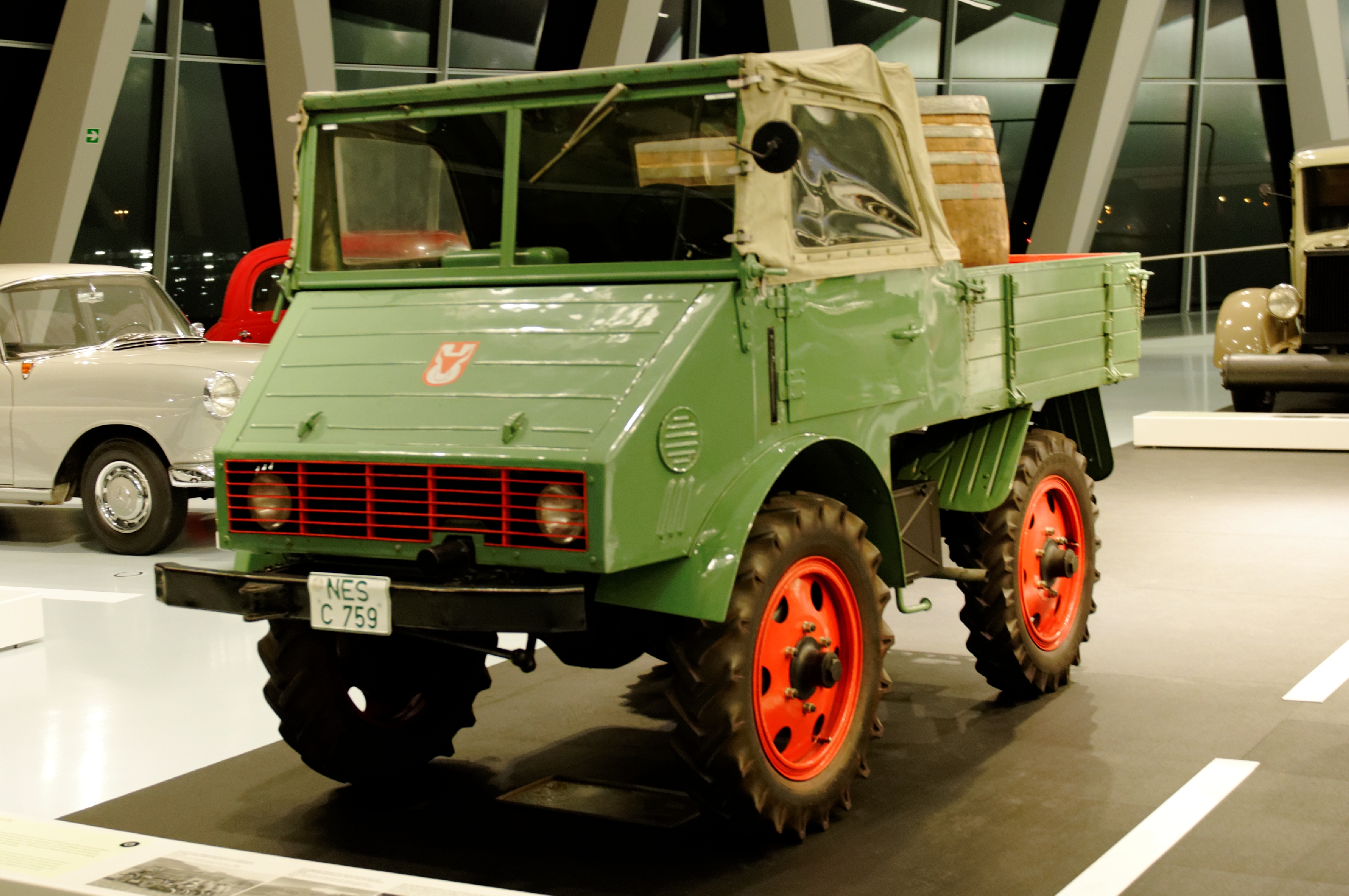|
Helsinki Air Defence Regiment
Helsinki Air Defence Regiment (''Helsingin Ilmatorjuntarykmentti'', ''HelItR'') is a part of the Armoured Brigade in Parola. The regiment was previously an independent Finnish Army unit located in Hyrylä (in Tuusula municipality, some 30 km from Helsinki). The regiment trained 800 conscripts per year. In 2005 the Minister of Defence Seppo Kääriäinen announced that the garrison in Hyrylä would be closed as part of a major structural change of the Finnish Defence Forces. This took place on January 1, 2007. The operations of the regiment moved to Armoured Brigade at Parola. Closing of the garrison will save the Defence Forces about 5 million euro per year. Organisation The last organization of the Regiment was * Armoured Anti-Aircraft Battery (''Panssari-ilmatorjuntapatteri'') * 1st & 2nd Anti-Aircraft Missile Batteries (''1. & 2. Ohjusilmatorjuntapatteri'') * Command Post Battery (''Johtokeskuspatteri'') * NCO School (''Aliupseerikoulu'') Equipment * ItO 86 ( M Igla) * ItO ... [...More Info...] [...Related Items...] OR: [Wikipedia] [Google] [Baidu] |
Armoured Brigade (Finland)
The Armoured Brigade ( fi, Panssariprikaati) is a Finnish Army training unit located in Parolannummi, near Hämeenlinna, in southern Finland. The brigade specialises in training armoured and anti-aircraft troops. In case of mobilization, the Finnish Defence Forces would field one armoured brigade. The war-time armoured brigade has a strength of around 5,700 men, and fields 63 main battle tanks, 110 infantry fighting vehicles, circa 100 armoured personnel carriers, mainly of Soviet origin, and roughly 70 other armoured vehicles. However, the remaining war-time armoured brigade is being phased out and replaced by smaller mechanized battle groups. The new mechanized battle groups will field the Leopard 2 MBTs that are not included in the organization of the contemporary war-time armoured brigades. Organisation Since Finnish Defence Forces reform in 2015, the structure of the Armoured Brigade is the following: * Häme Armoured Battalion (HämPsP, ''Hämeen Panssaripataljoona'') ** ... [...More Info...] [...Related Items...] OR: [Wikipedia] [Google] [Baidu] |
Buk-M1
The Buk (russian: link=no, "Бук"; " beech" (tree), ) is a family of self-propelled, medium-range surface-to-air missile systems developed by the Soviet Union and its successor state, the Russian Federation, and designed to counter cruise missiles, smart bombs, fixed- and rotary-wing aircraft, and unmanned aerial vehicles. The Buk missile system is the successor to the NIIP/Vympel 2K12 Kub ( NATO reporting name SA-6 "Gainful"). The first version of Buk adopted into service carried the GRAU designation 9K37 Buk and was identified in the west with the NATO reporting name "Gadfly" as well as the US Department of Defense (DoD) designation SA-11. With the integration of a new missile the Buk-M1-2 and Buk-M2 systems also received a new NATO reporting name Grizzly and a new DoD designation SA-17. Since 2013, the latest incarnation "Buk-M3" is currently in production and active service with a new DoD designation SA-27. A naval version of the system, designed by MNIIRE Altair ( ... [...More Info...] [...Related Items...] OR: [Wikipedia] [Google] [Baidu] |
Artillery Units And Formations Of Finland
Artillery is a class of heavy military ranged weapons that launch Ammunition, munitions far beyond the range and power of infantry firearms. Early artillery development focused on the ability to breach defensive walls and fortifications during sieges, and led to heavy, fairly immobile siege engines. As technology improved, lighter, more mobile field artillery cannons developed for battlefield use. This development continues today; modern self-propelled artillery vehicles are highly mobile weapons of great versatility generally providing the largest share of an army's total firepower. Originally, the word "artillery" referred to any group of soldiers primarily armed with some form of manufactured weapon or armor. Since the introduction of gunpowder and cannon, "artillery" has largely meant cannons, and in contemporary usage, usually refers to Shell (projectile), shell-firing Field gun, guns, howitzers, and Mortar (weapon), mortars (collectively called ''barrel artillery'', '' ... [...More Info...] [...Related Items...] OR: [Wikipedia] [Google] [Baidu] |
ZU-23-2
The ZU-23-2, also known as ZU-23, is a Soviet towed 23×152mm anti-aircraft twin-barreled autocannon. ZU stands for ''Zenitnaya Ustanovka'' (Russian: Зенитная Установка) – anti-aircraft mount. The GRAU index is 2A13. Development history The ZU-23-2 was developed in the late 1950s. It was designed to engage low-flying targets at a range of 2.5 km as well as armoured vehicles at a range of two kilometres and for direct defence of troops and strategic locations against air assault usually conducted by helicopters and low-flying airplanes. In 1955, KBP presented the single-barrel ZU-1 and the twin-barrel ZU-14. While the former was eventually dropped, the ZU-14 was selected and, after some modifications, entered series production. In the Soviet Union, some 140,000 units were produced. The ZU-23 has also been produced under licence by Bulgaria, Poland, Egypt and the People's Republic of China. Development of this weapon into a self-propelled anti-aircraft gu ... [...More Info...] [...Related Items...] OR: [Wikipedia] [Google] [Baidu] |
Oerlikon Contraves
Rheinmetall Air Defence AG is a division of German armament manufacturer Rheinmetall, created when the company's Oerlikon Contraves unit was renamed on 1 January 2009 and integrated with Rheinmetall's other air-defence products. Oerlikon Contraves was a Swiss anti-aircraft artillery manufacturer famous for its adaptation of the 1916 20 mm Becker as the Oerlikon 20 mm autocannon design, which was used in the Second World War and still in use today. Copies and derivatives of these designs were made by German, French, British and Japanese weapon manufacturers. Oerlikon Contraves was purchased by Rheinmetall in 1999. , Rheinmetall Air Defence had around 1,050 employees at locations in Switzerland, Germany, Italy and Canada. The group's sales were about . History Oerlikon's earliest predecessor was Schweizerische Werkzeugmaschinenfabrik Oerlikon, founded in the Oerlikon district of Zurich, Switzerland in 1906. In 1923 it acquired a factory in Germany. It entered the anti-a ... [...More Info...] [...Related Items...] OR: [Wikipedia] [Google] [Baidu] |
FIM-92 Stinger
The FIM-92 Stinger is an American man-portable air-defense system (MANPADS) that operates as an infrared homing surface-to-air missile (SAM). It can be adapted to fire from a wide variety of ground vehicles, and from helicopters as the Air-to-Air Stinger (ATAS). It entered service in 1981 and is used by the militaries of the United States and 29 other countries. It is principally manufactured by Raytheon Missiles & Defense and is produced under license by Airbus Defence and Space in Germany and by Roketsan in Turkey. Description The FIM-92 Stinger is a passive surface-to-air missile that can be shoulder-fired by a single operator (although standard military procedure calls for two operators, team chief and gunner). The Stinger was intended to supplant the FIM-43 Redeye system, the principal difference being that, unlike the Redeye, the Stinger can acquire the target when the target approaches the operator, giving much more time to acquire and destroy the target. The FIM-92B m ... [...More Info...] [...Related Items...] OR: [Wikipedia] [Google] [Baidu] |
AIM-120 AMRAAM
The AIM-120 Advanced Medium-Range Air-to-Air Missile, or AMRAAM (pronounced ), is an American beyond-visual-range air-to-air missile (BVRAAM) capable of all-weather day-and-night operations. It is 7 inches (18 cm) in diameter, and employs active transmit-receive radar guidance instead of semi-active receive-only radar guidance. It is a fire-and-forget weapon, unlike the previous generation Sparrow missiles which needed guidance from the firing aircraft. When an AMRAAM missile is launched, NATO pilots use the brevity code Fox Three. more than 14,000 had been produced for the United States Air Force, the United States Navy, and 33 international customers. The AMRAAM has been used in several engagements, achieving sixteen air-to-air kills in conflicts over Iraq, Bosnia, Kosovo, India, and Syria. Origins AIM-7 Sparrow MRM The AIM-7 Sparrow medium range missile (MRM) was purchased by the US Navy from original developer Hughes Aircraft in the 1950s as its first operatio ... [...More Info...] [...Related Items...] OR: [Wikipedia] [Google] [Baidu] |
NASAMS
NASAMS (Norwegian Advanced Surface-to-Air Missile System, also known as the National Advanced Surface-to-Air Missile System) is a distributed and networked short- to medium-range ground-based air defense system developed by Kongsberg Defence & Aerospace (KDA) and Raytheon. The system defends against unmanned aerial vehicles (UAVs), helicopters, cruise missiles, unmanned combat aerial vehicles (UCAVs), and fixed wing aircraft, firing any of a wide range of existing missiles. NASAMS was the first application of a surface-launched AIM-120 AMRAAM (Advanced Medium Range Air-to-Air Missile). NASAMS 2 is an upgraded version of the system capable of using Link 16, which has been operational since 2007. , NASAMS 3 is the latest upgrade; deployed in 2019, it adds capability to fire AIM-9 Sidewinder and IRIS-T SLS short-range missiles () and AMRAAM-ER extended-range missiles (), and introduces mobile air-liftable launchers. NASAMS has proven interoperability with longer range systems such ... [...More Info...] [...Related Items...] OR: [Wikipedia] [Google] [Baidu] |
Sisu XA-181
The Patria Pasi (earlier known as the Sisu Pasi) is a Finnish-made six-wheeled armoured personnel carrier (APC) originally designed for Finnish Defence Forces. The first variant was produced in 1983 and serial production began in 1984. It was designed to operate with ease of use, simple structure and low-cost maintenance. The basic appearance and configuration of the Pasi is similar to most other wheeled APCs. The XA-180 and XA-185 are fully amphibious while other variants are not. Development In 1980, Sisu produced an XA-180 prototype for Finnish Army tests. It competed against two other prototypes, but was declared the winner of the trials in 1983. On 22 December 1983, the Finnish Army ordered a first batch of fifty XA-180s, of which nine were reserved for UN duties. The vehicle proved quite successful and more orders were soon to follow. The vehicle's widely known nickname "Pasi" (also a common given name of Finnish men) stems from the Finnish designation "panssari-Sisu" ( en ... [...More Info...] [...Related Items...] OR: [Wikipedia] [Google] [Baidu] |
Crotale (missile)
The Crotale (English: "Rattlesnake") is a French, all-weather, short-range surface-to-air missile system developed to intercept airborne ranged weapons and aircraft, from cruise or anti-ship missiles to helicopters, UAVs or low-flying high-performance fighter aircraft. It was developed by Thomson CSF Matra (now Thales Group) and consists of a mobile land-based variant as well as various naval ones. Development Originally the Crotale R440 system was developed by Rockwell International and Thomson-Houston (and Mistral) in France for South Africa, where it was named Cactus. However, the achievements of the system impressed the French Armed Forces, who purchased the system both for the air force and for the navy. The firing system includes the main sensors of the ship, the firing system of the turret, and a central coordination system. The turret holds eight missiles ready for launch in watertight containers. The magazine behind the turret holds 18 missiles. The French army fir ... [...More Info...] [...Related Items...] OR: [Wikipedia] [Google] [Baidu] |
Unimog
The Unimog (, ) is a range of multi-purpose tractors, trucks and lorries that has been produced by Boehringer from 1948 until 1951, and by Daimler Truck (formerly Daimler-Benz, DaimlerChrysler and Daimler AG) since 1951. In the United States and Canada, the Unimog was sold as the Freightliner Unimog. Unimog production started in 1948 at in Göppingen. Daimler-Benz took over manufacture of the Unimog in 1951, and first produced it in their Gaggenau plant. From 1951, the Unimog was sold under the Mercedes-Benz brand. However, the first Unimog to feature the three-pointed Mercedes-Benz star was only introduced in 1953. Since 2002, the Unimog has been built in the Mercedes-Benz truck plant in Wörth am Rhein in Germany. The Mercedes-Benz Türk A.Ş. plant assembles Unimogs in Aksaray, Turkey. Unimogs were also built in Argentina (first ever country to do so outside Germany) by Mercedes-Benz Argentina S.A. under licence from 1968 until 1983 (with some extra units built until 1991 o ... [...More Info...] [...Related Items...] OR: [Wikipedia] [Google] [Baidu] |








